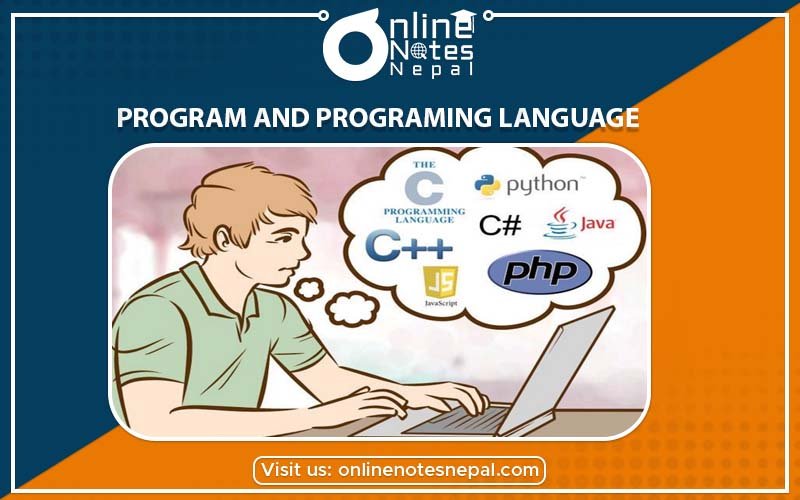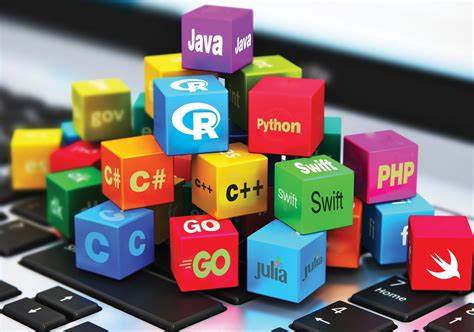Published by: BhumiRaj Timalsina
Published date: 14 Jan 2022

Program is the specific set of instructions, understandable to computer. It is used to produce desired results. Person who codes instructions using syntax of any computer languages is called programmer. In this way, programmer is a human ware dedicated for software development.
Some special features of good programming languages are given below:
Syntax
The syntax is a rule that indicates about validity of programs. The program is a set of instructions that follow valid syntax rules or grammar to write the code. Generally, syntax is a valid program strings and it differs language to languages.
Example
On MSDOS, C:\DIR [Drive name] is a syntax.
Semantics
The rules that give meaning to programs are called the semantics of the programming languages. We can say syntax has specific output oriented meaning, which is called semantics. It defines the statements used on the program.
Example
sum=x+y: the semantics tells that sum of x and y is assigned to variable sum.
Bugs and Debugging
When we compile program, error messages are displayed due to syntax error which are called bugs. The process to correct such errors is called debugging. Some compilers are equipped with debugger to remove programming errors. These compilers diagnose errors and debug them carefully.
Types of Errors
Some mistakes, unrecognized words used in the program are called errors on the program. These are three types of errors.

Language is a medium of communication. There are several languages developed in separate environment and geographical conditions. Nepali, Newari, Maithili, Bhojpuri, Urdu, English, etc are examples of natural languages where as BASIC, FORTRAN, COBOL, LISP, C, C++, C#, JAVA etc are artificial or fabricated languages.
Important Technical Terms